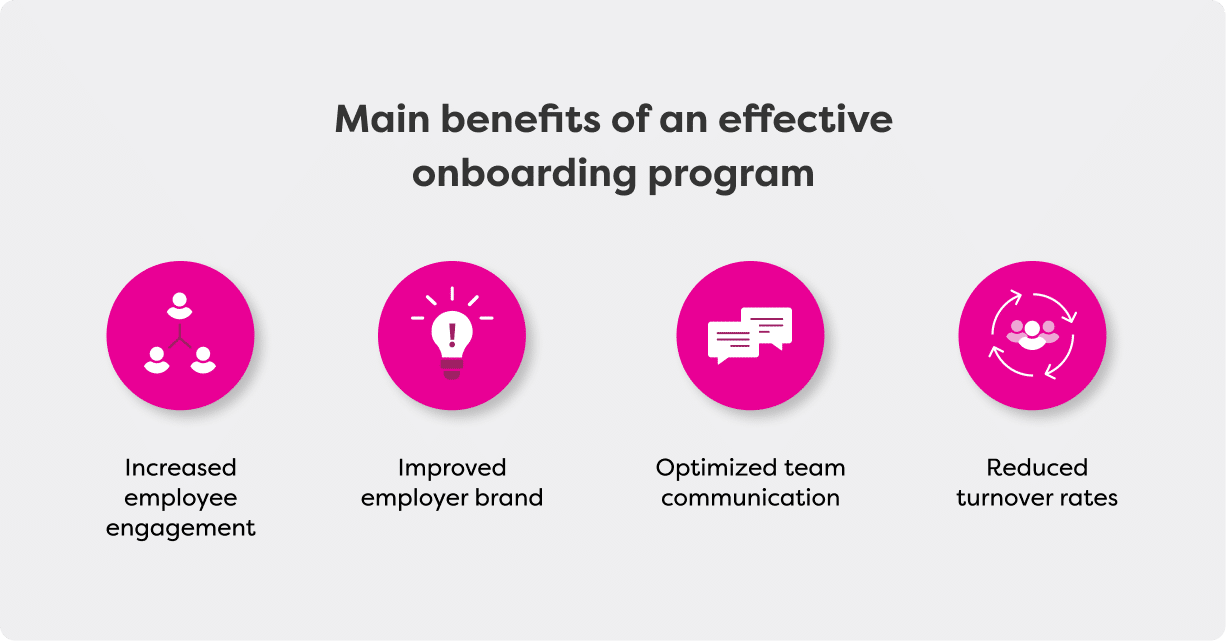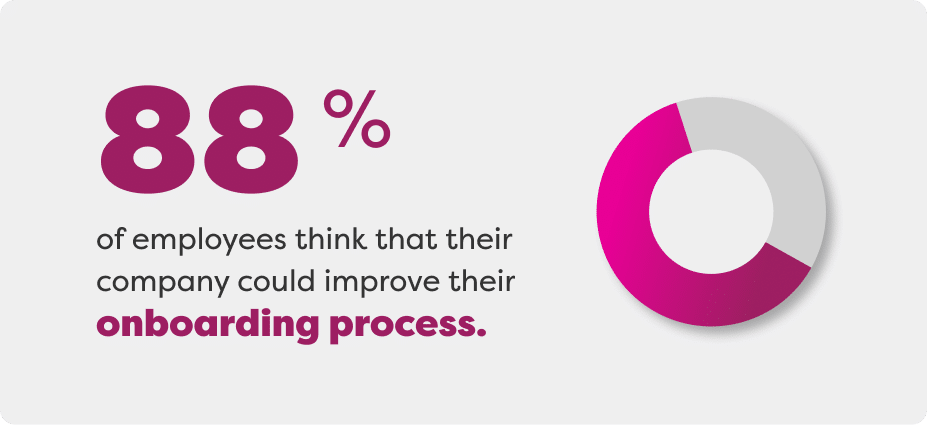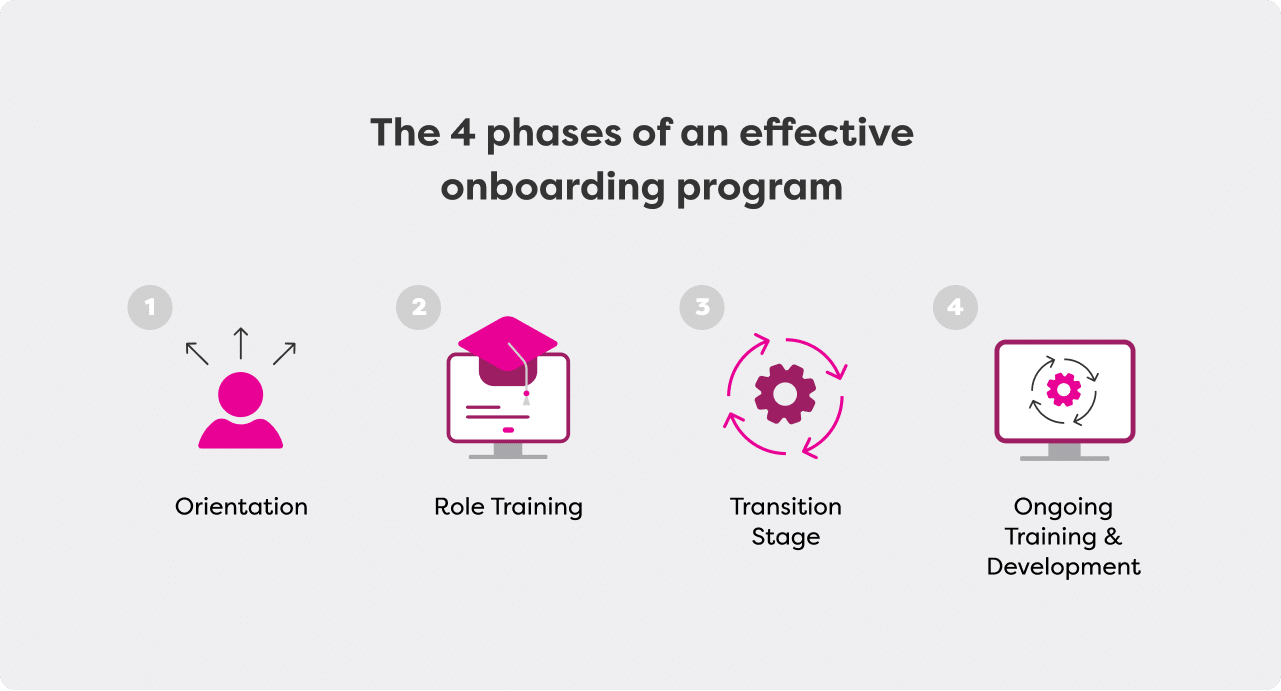If there is one thing we love, it’s talking about the many aspects of onboarding new employees and how this process can guide your entire HR management. So we thought it was time to gather all our knowledge in one article to share the perfect onboarding recipe with you!
As a reminder, employee onboarding is made up of processes designed to help new employees adapt to their new working environment.
When properly executed, these processes have many benefits. They reduce employee turnover, speed up skills acquisition, and ensure better team cohesion. Employee onboarding statistics highlight the importance of successful onboarding programs.
Without further ado, here are 8 easy steps you need to follow to create a memorable onboarding experience in your company.















